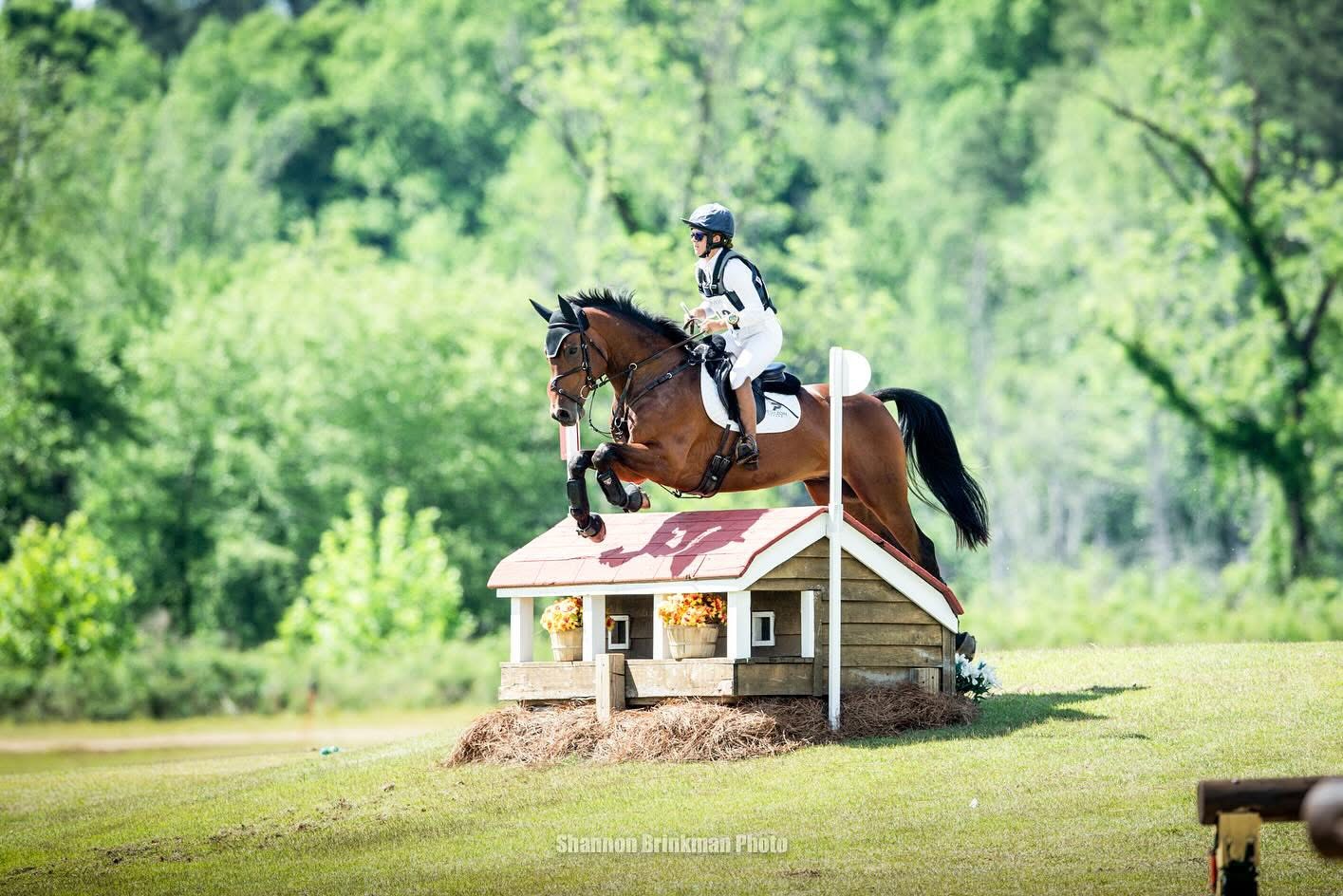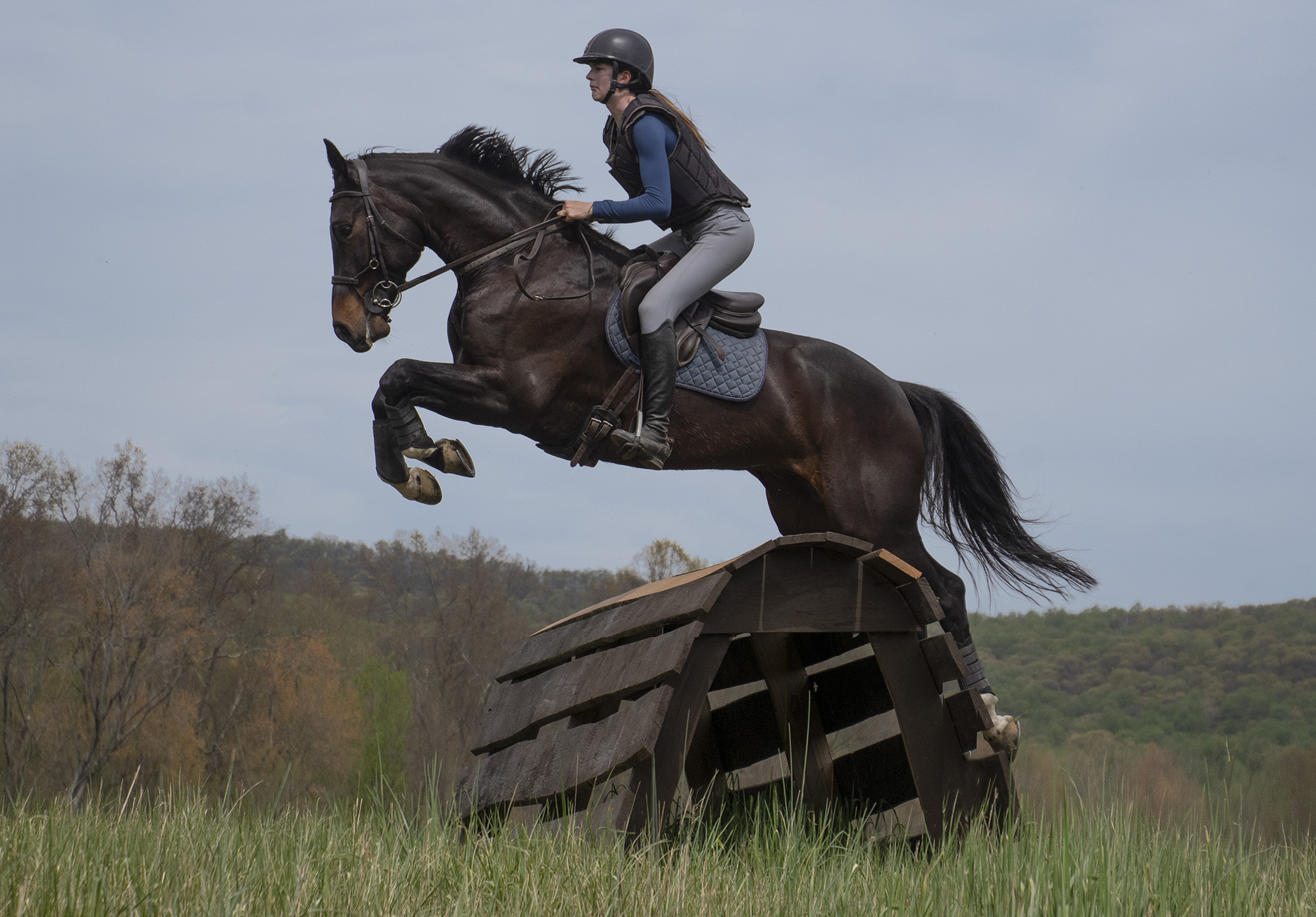‘Tis the season to hit the refresh button on your flatwork foundation! You’ll see the extra effort pay off not just in improved dressage scores, but in improved performance in the jumping phases as the year goes on. Has your practice plateaued? Struggling to feel inspired? In partnership with Trafalgar Square Books (www.horseandriderbooks.com) and our sister site Horse Nation, we present #FlatworkFebruary, a month-long series of book excerpts from leading dressage experts around the world.
This week: In this excerpt from The Dressage Horse Manifesto, dressage trainer and founder of Horses Without Humans Rescue Yvonne Barteau gives us definitions for what are often confusing dressage terms—straight from the horse’s mouth. Here’s how horses might interpret the things we say.

Photo by FireandEarthPhoto.com.
Let’s talk language for a moment. Human terminology—whatever you use to describe training and riding “stuff”—needs to go through a form of equine filter before it has any meaning to us. Examine some of your words through our “horse-colored” glasses, and you can maybe attain a slightly better understanding of our point of view.
Against the Hand. This is when you let us push against your hand, instead of relaxing, releasing, and “coming back” with an elastic hand (that we cannot push against). If you let us stay against your hand, we will most certainly end up behind your leg (see Behind the Leg, below).
Behind the Leg. This is when we do not answer your leg promptly or correctly. It affects all of us some of the time (and some of us all of the time!).
Circle of Aids. This describes your use of seat, leg, and hand for right and left positioning (see also Positioning, below). So for right positioning, you sit slightly right, your right rein positions the poll to the right with small inward-upward bumps or touches (and your left rein allows it), your right leg slightly moves to the girth area and keeps us to your softly receiving left rein. Your left leg is quietly back behind the girth, and is used only if we try to evade with our haunches to the outside. You just switch everything for left positioning.
Connection. This word is all about what we share with you on the reins. This is the “alive” feeling that a developing, conversational contact between you and the horse can mature to (see Contact, below).
Contact. What you take on the reins and what we sometimes seek through our mouths—if we trust you and your hands, legs, and seat, that is.
Engagement. This is all about real work and trying. Our hocks are under our bodies as we move with intent to both lift and carry, in balance.
Flexion. This describes when you position us just a smidgeon either left or right through our entire body and complement that by sitting slightly inside and adding a proper circle of aids (see also Positioning, below). Flexion is positioning us, oh-so-precisely, through the spine, starting at the poll. Flexion should always start in our poll. Our poll should be able to flex while connected to both reins, either left, right, or longitudinally. And flexion is not bend. We horses flex our polls but bend our necks and backs. Bending is more what we do with our muscles and body for lateral work. Make sense?
Half-Halt. Okay, if we, the horses, are going to attempt to explain what we know about half-halts to you, we will make it as quick and direct as possible. Half-halts are your way of communicating with your horse. “Dead” hands don’t communicate. Nor do stiff ones or floating ones. A half-halt is your way of talking to a horse in a way he can basically understand. His ability to interpret variation in your rein communication depends entirely on your feel, your consistency, and your desire to communicate with him. And yes, once in a while we horses may need some super-sharp, quick, rein aids to “wake us up” and “get us alive” in our riders’ hands. Those quick sharp aids that come and then GO—back to a soft rein—are infinitely more effective than hanging or holding on a stiff rein, or floating your hand behind an “empty rein” (one the horse is not properly “going to”).
Hollow Side. The side of our bodies that we “hide” or “retract” on but that are actually no more supple than our stiff side (see Stiff Side, below). Our hollow side is stiff as well, but it is hidden by our lack of straightness.
Impulsion. We find this—kind of a channeling of our energy—when you help us balance and organize our energy without shutting us down or interfering.
Inside. This term is always relative to either our line of travel or our positioning (flexion), with the inside being either the inner side of our circle or the side we are positioned in.
Outside. This term is always relative to either our line of travel or our positioning, with the outside being either the outside of our circle or the side we are positioned in.
Positioning. Picture your horse’s neck and head coming out of the middle of his chest at “twelve noon” (if there were a clock on his withers and you were looking down from above). Anything to the left of that (in terms of the head and neck) is left positioning, anything to the right is right positioning. Having the kind of control that can eventually get your horse to commit to flexing left just “two minutes before twelve” or flexing right just “two minutes after twelve,” from poll to tail, and you are doing very well indeed. Positioning and flexion seem the same but are slightly different. Flexion should always be part of positioning, but it could be so subtle that it is just a curve in the spine one degree from straightness, either left or right. Positioning is more visible than that. We are always in some sort of flexion so our circle of aids has meaning to us. (If we are not flexed, how do we know which is our inside or outside?) Positioning takes this need for flexion and adds a visible look of shaping the horse left or right.
Self-Carriage. This describes when we are holding ourselves and our riders up, during the times they are “neutral” (not actively aiding, sitting tall and quiet). It is us working in balance under our riders and maintaining on our own whatever they have just asked us to do. Self-carriage makes us beautiful.
Submission. This is how you describe when we are relaxed and attentive enough to listen to and obey you without argument or confusion.
Throughness. I know lots of people don’t really understand this one! Here’s what I think it means: when you get through our stiffness, our reluctance, and our behind-the-leg-ness, and have us working under your seat, ahead of your leg, and pliable in the bridle. When you get it, you will become addicted, and you will search for it every single ride. Actually, we like it, too, but we don’t seek it out unless you are doing a good job on your end.
This excerpt from The Dressage Horse Manifesto is reprinted with permission from Trafalgar Square Books (www.horseandriderbooks.com).



































